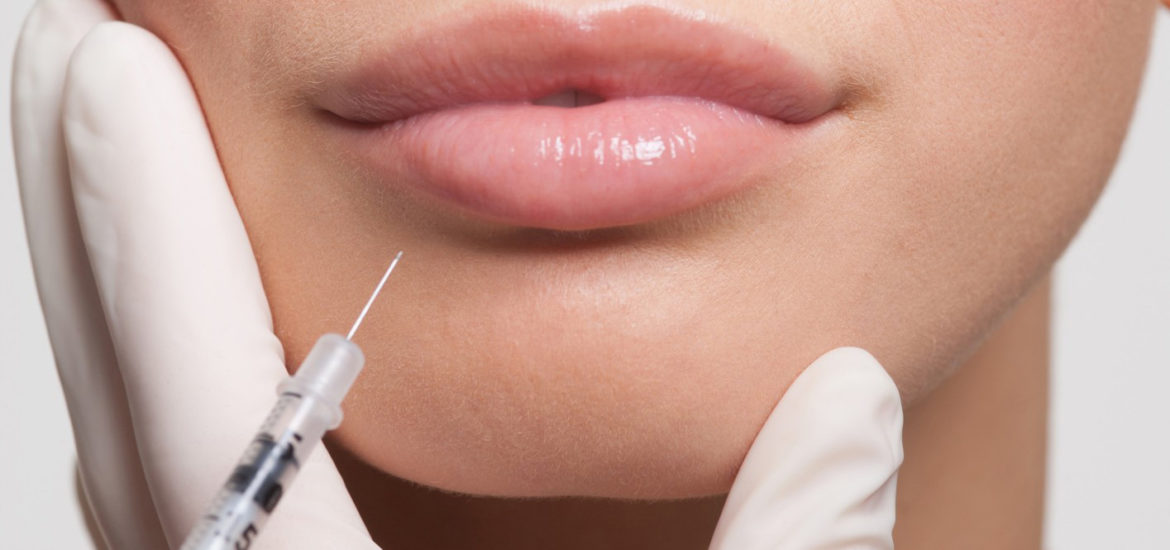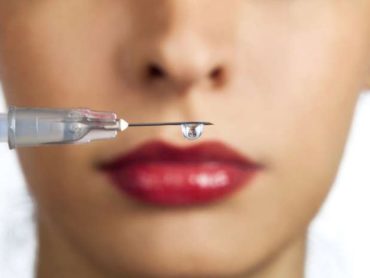In recent decades, the art and science of dermal fillers have been revolutionized by the introduction of dermal fillers based on hyaluronic acid (HA). This highly compatible and moldable integrative gel has given doctors a highly adaptable tool for sculpting, re-proportioning and recreating youthful facial shapes and contours, as well as erasing fine lines and wrinkles.
HA fillers physical characteristics can be very different. These differences have the potential to influence the physician’s ability to provide the patient with a natural and lasting result.
Main differences are: the source of HA; the concentration of HA in each syringe used; the particulate size of the HA; if the HA is cross-linked; the type of cross-linking agent used in the HA; if HA is monophasic or biphasic; and if there is an anesthetic in the HA syringe.
Source of HA: avian origin (it is found mainly in the combs of rooster), bacterial origin (fermentation of Staphylococcus equine) purer and more viscous
HA filler concentration: 20 mg / g concentrations are now considered ideal.
Cross-linking agent: necessary to prevent free or enzymatic-free biodegradation and to increase the duration of the filler. The crosslinked structure significantly decreases the water’s miscibility with the gel, which makes it possible to increase the homogeneity and to better control the elasticity of the gel.
Mono and biphasic: HA monophasic fillers can last longer and do not migrate after injection; two-phase greater degree of elasticity and volumizing power; monophasic greater fluidity and plasticity.
Goldie, Kate, and Daria Voropai. “Hyaluronic Acid in Dermal Fillers.” Dermal Fillers. Vol. 4. Karger Publishers, 2018. 36-46.
Gold, Michael H. “Use of hyaluronic acid fillers for the treatment of the aging face.” Clinical interventions in aging 2.3 (2007): 369.










